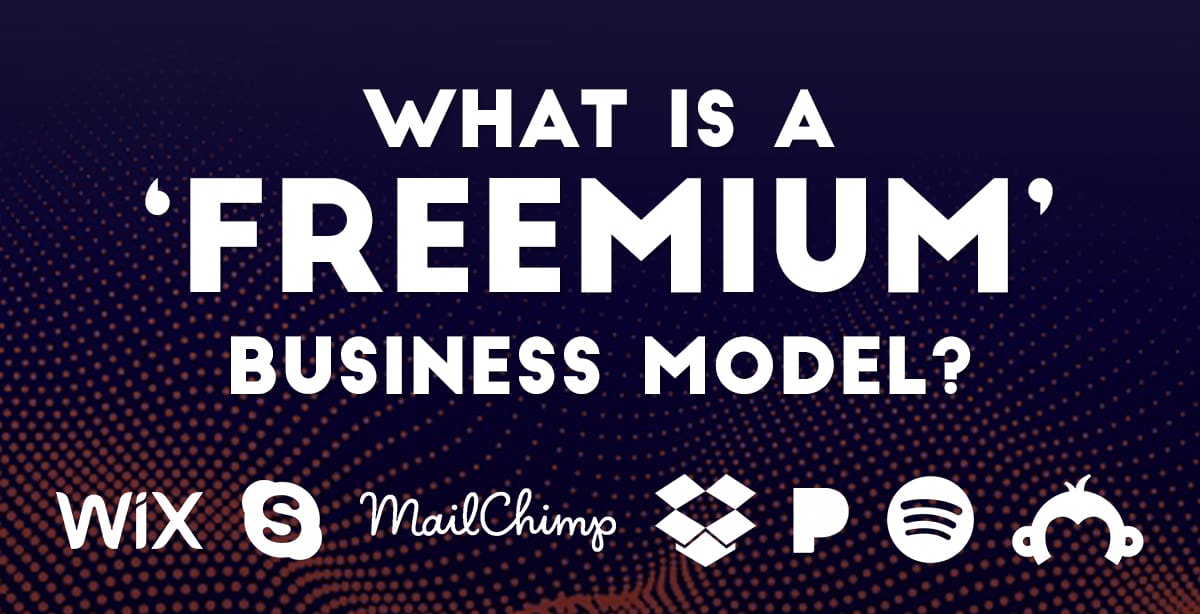The digital age has reshaped the 21st century business landscape in a world of ways, bringing major changes at even the highest of levels. Just to name a few of the big-picture impacts ushered in by the digital business revolution:
- With online retailers who can sell products and services to customers both near and far, the digital age has ushered in a sea change in the way companies are structured and the way consumers shop.
- Further, shoppers can now make purchases from anywhere, whether in the store, on the couch, or even on the go with their smartphones and other mobile devices.
- In social networks, the digital age has introduced all-new ways for marketers to reach consumers — and to do so on the most targeted of levels.
- These same networks have allowed for nearly instant communications between consumers and brands, and have enabled consumers to easily share their viewpoints about products and services — with opinions, of course, both positive and negative — with the world.
Another big change brought on by the internet: enabling entirely new — and previously unimaginable — business models. Take, for example, the “freemium” business model. Before the arrival of the internet, it would have been unheard of — and completely unsustainable — for a business to just give away its primary product or service. But today, some of the most recognized and widely used of companies in the world do just that.
Top freemium examples
From a business perspective, the beauty of the freemium business model is the ability to grow rapidly through user advocacy. Consumers get a chance to test out a brand’s products firsthand, and then tend to spread the word if they like it — especially considering the total lack of a price tag. The phenomenon tends to inspire stronger than usual word-of-mouth marketing , which professional marketers know can be the most powerful of consumer motivators — and which also can come largely free of charge for the brand.
Consider these top companies sporting a freemium business model that lures consumers in with a base-level offering that’s totally free of charge:
- Wix — This online, cloud-based web development platform enables users to create their own HTML5 and mobile-ready websites using intuitive drag-and-drop tools. While Wix allows users to build their sites free of charge, they must pay for premium site upgrades — including the ability to remove Wix ads from their site, upgrade storage capacities, connect to their own domain, increase bandwidth, add e-commerce features, and more.
- Skype — This voice-call and video-chat application works across a range of computer platforms and allows anyone with an internet connection to call or videoconference with other Skype users at no charge. Premium services such as calling landline phones or mobile phones do incur charges, which are collected via a subscription service or a pay-as -you go option. The platform also offers paid Skype Numbers, which allows people to call the user via a mobile phone or landline, and the user answers in the Skype application.
- MailChimp — This email marketing service and marketing automation platform started as a paid service, but added a freemium option in 2009 — resulting in a more than five-fold increase in its user base within a year. The service’s free tier lets users send template-based, automated emails to a limited number of contacts, plus provides reporting and recommendations to help marketers boost their email performance. MailChimp’s paid subscription tiers offer premium service upgrades such as additional contacts, the ability to segment recipient audiences, custom branding, A/B testing and more.
- Dropbox — This web-based file hosting service allows users to store of any type of computer file remotely via the cloud. The free, personal version gives users 2 gigabytes of storage space, with which they can sync and access files across three separate devices. Its upgraded, charge-carrying tiers, available to users via a subscription, offer substantial increases in storage limits and device allowances.
- YouTube — A wildly popular video-sharing service that launched in 2005, YouTube allows users to search for and view videos from its vast collection (which is also quickly growing — more than 500 hours of content are uploaded to the site every minute) at no charge. Free-service users can also upload videos, rate them, add them to playlists and more. The service generates revenues via advertising and a pair of premium services — YouTube Premium for ad-free video content and a premium tier of YouTube Music for ad-free musical content — that require subscription-based upgrades.
- Pandora — The free tier of this streaming music service allows users to create personalized internet radio stations whose content largely includes music by the artists they choose. The stations also play music by artists with songs and musical traits similar to those of the artists the user has chosen, thereby exposing the user to new artists and songs that are likely to suit their tastes — effectively serving as a music recommendation service. Additionally, users can give positive (thumbs-up) or negative (thumbs-down) reviews of the songs their stations play, allowing the service to further hone in on their musical tastes. Premium, paid tiers offer the same services without advertising between songs, plus various levels of offline listening capabilities, and the ability to create and share personal playlists.
- Spotify — Another music-streaming service, Spotify allows users to search and browse through a vast musical library — featuring thousands of artists and more than 50 million songs — then play their choices. While the free version includes advertising between songs and requires a connection for music streaming, the service’s premium, paid tiers offer ad-free and offline listening. Launched in Sweden in 2008, the service today has nearly 250 million monthly active users and over 110 million subscribers.
- SurveyMonkey — The free offering of this cloud-based service allows users to easily create and send online surveys, quizzes and polls, then analyze the resultant answers and feedback to gain valuable insights that could inform future decision-making — which can be an especially powerful tool for businesses and entrepreneurs looking to gather opinions and perceptions about their products and services. While the free version places limits on such things as the number of surveys a user can send, the number of questions each survey can ask and the number of responses users can receive, premium versions of the service carry a charge and allow for unlimited surveys, questions and responses, added analytical tools, and more.
Should my brand consider a freemium model?
For most business types, freemium isn’t really an option, as the cost of giving away the product or service would quickly add up and leave the business broke. The sweet spot for freemium, however, is with SaaS (software as a service) and other internet-based, subscription-focused companies. Here, while lots of spending can go into research and development on the front end, the product itself doesn’t really cost the provider anything once the platform is built — or, at least, there’s not much of a cost difference between providing the service to, let’s say, 1,000 users vs. 10,000 users. Since the offering is digital in nature, the cost of giving access to additional users is negligible. Should users like your entry-level offering, money can be made in charging for related, higher-level products or services.
If your business fits this mold, there are a number of advantages to going freemium:
- A competitive advantage — When you can offer a product or service for free, consumers are far more likely to give it a spin. After all, users get to try your offering without the risk of losing anything in the process — which will give you a big leg up over competitors who force users to put their money on the line to test drive their offerings.
- Qualified leads — When users sign up to try your free offering, you can harvest their contact info for future marketing purposes. On top of that, you know that anyone who signs up is inherently interested in what you’re offering.
- A powerful marketing tool — When you get users interested in your offering via the free version, it can serve as an extremely powerful tool for marketing your paid version. The marketing concept is called “product-led growth” — and if consumers really enjoy your free product, you’re in a great position to win them over for a paid version with attractive enhancements.
However, there are some disadvantages:
- A sizeable up-front investment — Your “free” offering won’t be free — developing a digital product is a big undertaking that can cost a lot of time and money. Will the return be worth your investment? It’s a question you’ll want to consider carefully.
- Conversion challenges — For freemium companies, the average rate of converting a non-paying customer to a paying customer is just 2% to 4% — so you’ll need to attract a lot of users to start pulling in substantial revenues. You’ll have to determine if you think you’ll be able to attract enough users to reach your income goals after covering the R&D costs needed to build your free offering.
- An offering dilemma — Another potential problem: If your free offering is too good and covers most users’ needs, not many of your free users will make the leap to the paid product. So you’ll want to be extremely strategic in making your offering good enough to attract users, but not so good that it keeps them from paying to upgrade.
6 questions to consider
Think your online, subscription-based service could benefit from a freemium business model? Ask yourself these six questions before diving in:
- What will it cost to serve your non-paying customers? If your cost to serve each free user is minimal, the freemium model could work for you.
- Does your service have the potential to go viral? If users are likely to spread the news about your free offering, it could drastically reduce the need for marketing spend thanks to word-of-mouth recommendations.
- How large is the potential market for your service? Since only a fraction of free users typically convert to paying users, you’ll need a large pool of users for the freemium model to become profitable.
- Will you be able to handle a large user pool? Since the success of the freemium model depends on having a mass audience, your infrastructure and operations must be ready to handle the high traffic required.
- Is there clear value in your premium offerings? For users to make the leap from your free offering to your paid tier, you must offer them a compelling reason to make the switch.
- Is there a way to monetize your free users without converting them to paid users? If you’re able to develop a large pool of free users, is there any way to create revenues for your brand based on that large user base, even without converting them to paid users? (For example, could you sell ads aimed at this large user base?)
Could your brand use some expert help marketing your offerings? At The Brandon Agency, our fully integrated marketing firm boasts a team of specialists who can cover all of your marketing needs — including web design, brand strategy, creative, interactive, social media, analytics, SEO and conversion rate optimization — all in one place. To get started with help ranging from a simple website analysis to a comprehensive strategy tailored to boost the performance of all of your marketing campaigns, contact us today.

